Mountain Rescue
Mountain rescue activity in Romania is defined and regulated by the provisions of Government Decision no . 77 of 2003. Mountain Rescue is a particularly complex activity due to the many natural and anthropogenic factors that may have an overwhelming influence on the success of rescue actions . The majority of these factors cannot be controlled and for this reason a mountain rescuer must be prepared to face all this complexity considering these very important things :
• The safety and confort of the victims
• The safety of teammates
• His own safety
For this reason the preparation and certification process of a mountain rescuer is required to be a very complex and laborious one. In the Bihor County Mountain and Cave Rescue Service, this process has been going so :
A person wishing to become a mountain rescuer must be minimum 16 years old. Those under 18 must present the written consent of parents.
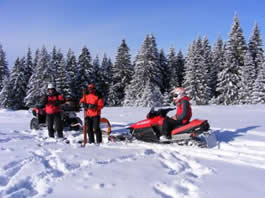 |
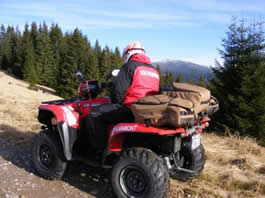 |
 |
 |
 |
 |
Candidacy - the period during a person who wishes to become a mountain rescuer, acquire the experience needed to move to the next phase . This phase is not mandatory for those who already have experience in mountaineering and skiing.
Post-graduate
A person wishing to become an aspiring mountain rescuer must meet the following conditions:
• Minimum age 18 years
• Minimum experience in mountaineering – “lead rope" route with difficulty IV and " second climber " route with difficulty V
• Practicing alpine skiing at an amateur level
Post-graduate lasts a minimum of two years , during which the aspirant must accumulate 400 hours of theoretical and practical training,wich training is carried out in the service district under the guidance of a trainer - certified mountain rescuer .
Debut period
The aspirant who complete post-graduate period , following debutant mountain rescuer, gets him to go through the 4 modules of the National Mountain Rescue School :
• National Mountain Rescue School - summer- level " beginner " level later 'advanced'
• National Mountain Rescue School - winter- level " beginner " level later " advanced
Within these modules the debutant mountain rescuer continues gradual accumulation of knowledge in the skills required. All sessions begin with an admission test and ends with graduation exam consisting of technically and medical theory and practice. The minimum grade for graduation is 7 .
Active mountain rescuer
At the end of these 4 modules the debutant mountain rescuer has a certification exam in the occupation of "mountain rescuer" – Occupational Code 541 904 and receives a personalized certificate valid for 3 years. Its validity may be extended on request with 6 months .
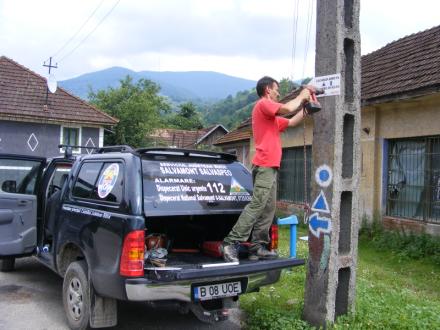 |
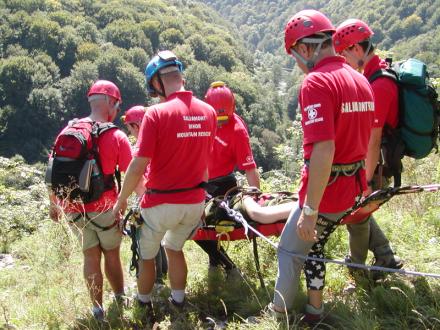 |
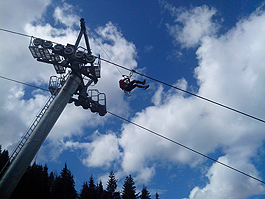 |
After receiving a professional certificate , the mountain rescuer has a re-certification exam every 3 years .
Certification and re-certification exam consists of technical and medical theory and practice. The minimum grade required to be achieved is 7.
Mountain rescue activity follows two main directions:
Prevention
• preventive patrolling in mountain areas with heavy tourist traffic and increased accident potential.
• Ensuring preventive patrolling on:
- The ski slopes
- Competitions - skiing, ski touring, rally, endurance touring, climbing competitions etc.
- Dedicated sports camps and internships or adventure activities.
• Upgrade / redevelopment and maintenance of the network of tourist routes, safety markings and related facilities.
• Monitoring of specialized tourist traffic - through the approval procedure of activity of legal entities that organize various forms of activity that contain specific elements of engaging in specific mountain sports - nautical programs on water trails, mountain biking etc.
• Other actions and activities with educational purpose in relation to tourists visiting the mountain
Operative intervention
• Finding lost - missing persons in the mountain areas
• Rescue / recovery of injured or sick people in mountain areas.
• Provide qualified first aid
• Evacuation of injured or sick persons to the first location where they can be assisted by emergency medical crew .
• Participation , along with other structures to help the people affected by calamities or disasters , not only in the mountains .






